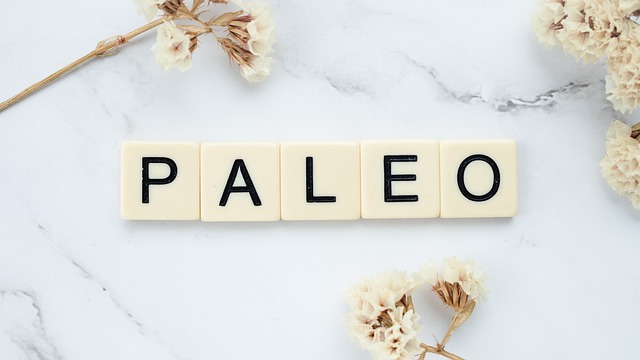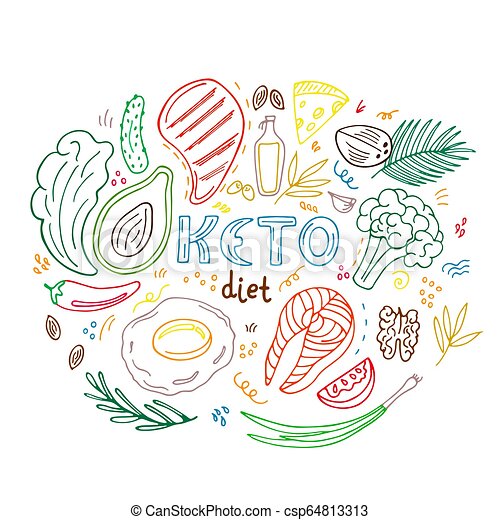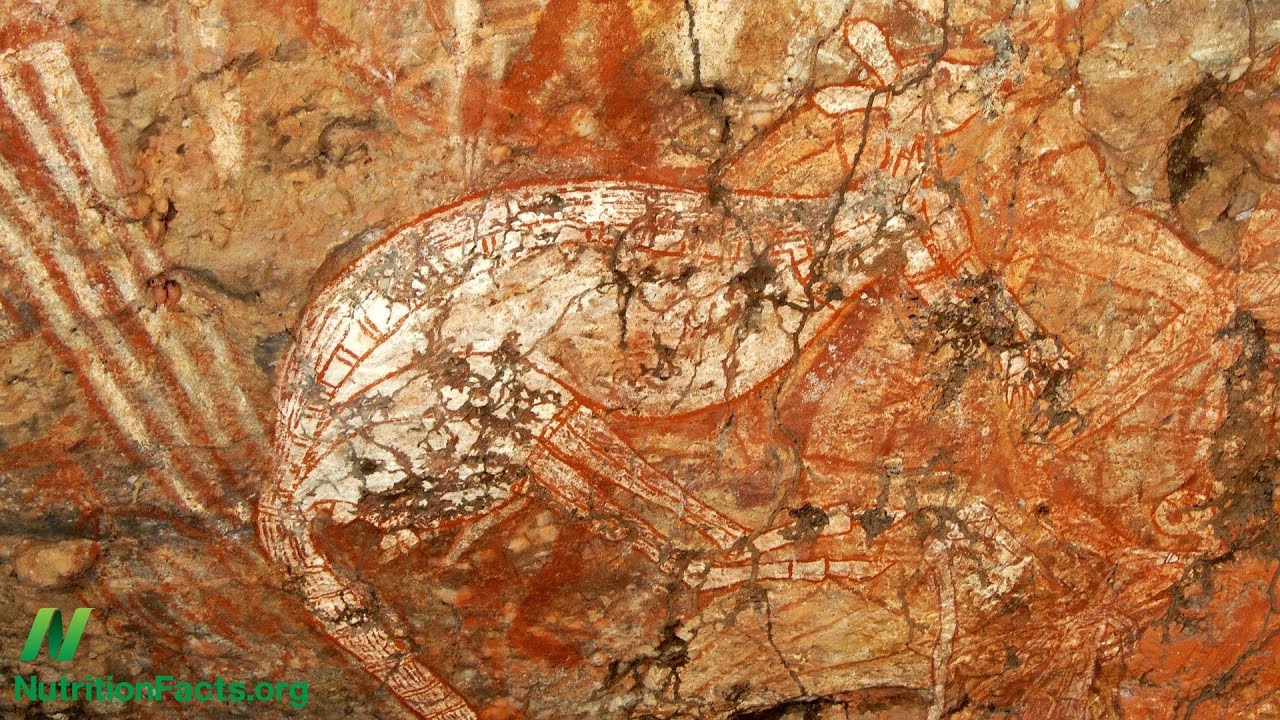
Dr. Loren Cordain, a scientist who specializes in nutrition and exercise physiology is a prominent supporter of the Paleolithic lifestyle. But there are many myths surrounding the Paleolithic food. Let's take a look at some of the myths that surround this diet and see why it is so important to choose healthy foods. Here are some of the biggest myths associated with this diet.
Dr. Loren Cordain
Dr. Loren C. Cordain is a well-known authority on human evolutionary history. He has been on the front page at The New York Times and Wall Street Journal as well as Dateline NBC. He is also a world-renowned expert on the natural human food. He has written more than 100 peer-reviewed scientific papers on the subject, and has conducted groundbreaking research on the health benefits of eating food from our Stone Age ancestors.
Dr. Cordain studies the evolutionary and anthropological basis of diets. His publications focus on the nutritional composition of wild animal and plant foods that early humans ate. He is an internationally recognized expert in Paleolithic diets. He has also lectured extensively about the topic. His books on the topic are widely read and popular. Find out more about Dr. Cordain by reading his biography.
His research

Loren Cordain has discovered a link between modern-day diseases and diets. The diet of Stone Age people had less sodium and potassium, which are associated with modern diseases. Similarly, the diet of people living in the Middle East was higher in fruits and vegetables. This may explain some of the diseases of modern civilisation. However, if diet is only one part of the problem why haven't people been eating more fruits or vegetables?
Paleo is a popular health movement that discourages the consumption of whole grains, legumes as well as dairy and processed food. In fact, many researchers have made the same recommendation. Paleo diets have been shown to be more beneficial than conventional diets for improving your immunity system and overall health. Although Dr. Cordain’s research doesn’t prove that humans could survive without these foods entirely, many can still benefit from the health benefits.
His book
This book will help you understand the science behind Paleolithic nutrition. American scientist Loren cordain is an expert in exercise physiology, nutrition, and other related topics. His book Eat to Live is the first book by a prominent advocate for the Paleolithic lifestyle. Cordain's methods are not popular with everyone, but he is supported by numerous studies.
Loren Cordain is an associate professor at Colorado State University. He is also a world-renowned expert in exercise physiology and nutrition. He collaborated with world-famous scientists to develop Paleo Diet. This book is the first to be written by the founder of this popular diet. The book explains how Paleo Diet transformed our lives. You can read it now and make a change in your life.
His views on nutrition

One of Dr. Cordain’s greatest contributions in modern health is the science behind diet. He has a doctorate degree in health science from the University of Utah. He has taught at Colorado State University for over 30 years. He has been featured on Dateline NBC as well as the Wall Street Journal and the New York Times. He is widely regarded by the world's leading authorities on natural diets.
Cordain's history of paleolithic eating habits provides valuable insights into the lifestyle's benefits. Paleo was introduced by Dr. Boyd Eaton and has since become one of most popular dietary trends. Dr. Cordain continues research into the diet's health benefits for everyone, including children. He also offers insight on legumes and dairy and the health benefits of carbohydrates.
His critics
Criticians of Loren C. Cordain's Paleo Diet draw attention to numerous facts and examples in their critique. While lean meat contains a high proportion of protein, this diet is devoid of essential nutrients such as calcium, salt, and folic acid. In addition, it does not provide the body with protective nutrients like vitamin A and omega-3 fatty acids.
FAQ
What is the average time it takes to learn how to cook? What amount of time will it take to master the art?
It depends on your level of skill. Some people are able to learn basic cooking skills in a matter of days. Others may take several months or longer to feel competent enough to teach themselves how they cook.
The person who is learning to cook can vary in the amount of time they need. Someone who has never been to the kitchen before might need more time than someone who does it regularly. Also, certain types of cooking require more experience than others. Baking requires more knowledge than frying.
You should learn a particular technique to improve your cooking speed. After mastering one technique, you can move on to the next. You don't need to worry about how many days or weeks it took to learn how to cook. Enjoy the process and keep practicing.
What is the cost to study culinary arts?
The price of studying culinary arts varies widely. For example, a four-year degree typically costs around $40,000. A two-year associate's level degree can cost less than $5,000. Tuition rates depend on the type of program you select. Private institutions charge higher prices than public ones.
What is the average time it takes to become a chef? What is the average career path?
The average time it takes to become a chef is five years. This time you'll learn the basics of cooking and work as a cook assistant. After you've completed your training you can apply to be a line cook or sous chef. The average annual salary for a professional chef is between $25,000 and $60,000
How do you get hired as a Chef?
To get a job as chef, you must first complete a culinary arts degree. You should next join a professional organization such as the American Culinary Federation. The ACF offers certification exams and networking opportunities.
Is there a better way to learn to make delicious meals?
Cooking can be something everyone should master. If you don't know how to cook, you miss out on some great food experiences. The first thing you need to do when learning to cook is to find a recipe that you like and follow it closely. Next, practice making small changes until you are comfortable cooking the dish. You can also try cooking for other people. This will not only help you cook better, but it will also test your skills.
What are the basics of cooking?
Basic cooking skills include knowing how to read recipes, measure ingredients, cook food safely, and clean up after yourself. You need to master these skills if you want to cook for your own meals. Cooking can be a great way of saving money, as you don't need to go out to eat all the time.
Are there any requirements to become a chef?
No. No. Many chefs began their careers learning by themselves. Some went to culinary school simply to gain experience. Many chefs prefer to attend culinary school for the increased opportunities to learn and grow as professionals. Culinary schools allow students to learn hands-on skills, and this helps them improve their cooking knowledge.
Statistics
- The median pay for a chef or head cook is $53,380 per year or $25.66/hour, according to the U.S. Bureau of Labor Statistics (BLS). (learnhowtobecome.org)
- On average, chefs earn $58,740 a year, according to the BLS. - learnhowtobecome.org
- In the United States, the category is estimated at $23.2 billion annually and is growing faster than the market. (washingtonpost.com)
External Links
How To
How to cook a steak
The thickness of the meat determines the best cooking method. Thicker steaks cook best at low heat. Thicker steaks require higher temperatures.
Don't overcook them as they will lose flavor. You should always remove the steak from the skillet when it's done. This will prevent you from burning yourself.
Cooking times depend on the size of the steak and the desired degree of doneness. Here are some guidelines:
Medium Rare: Cook to medium rare. This means that the internal temperature should reach 145degF (63degC). This takes between 3 and 5 minutes per side.
Medium: Cook until medium, which means the internal temp reaches 160degF (71degC). This takes approximately 6 minutes per side.
You are done when the internal temperatures reach 180°F (82°C). This normally takes 8 to 12 minutes per side.